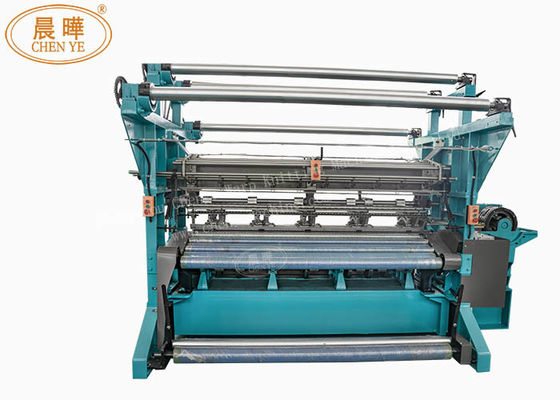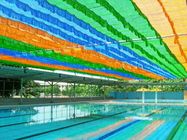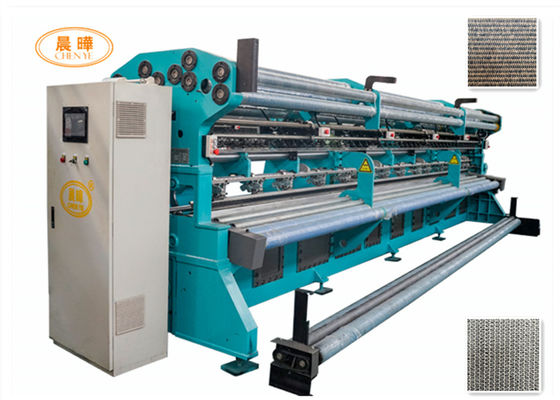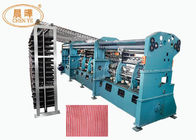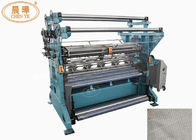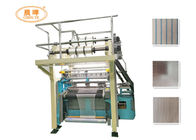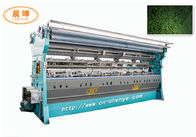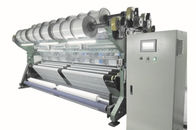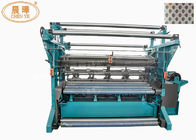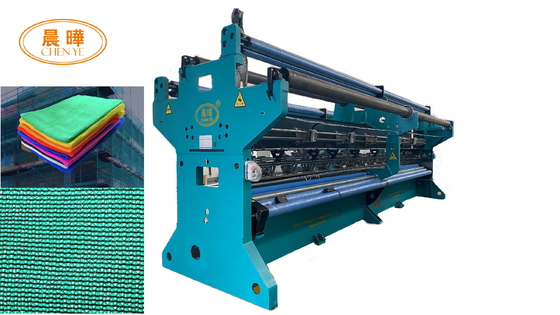How to choose right shade cloth that makes a difference to plants
It is an enjoyable experience to see how quickly your cut flowers/plants grow in Spring. The temperature is comfortable and the environment is friendly to your plants. As summer approaches and the temperature outside begins to rise, you start to water your plants more. But have you thought of putting “sun screen” on your plants! ---- Provide shade net to cover your plants as a shelter, this will save you water and energy as well as make your plants grow faster and be healthier.
What you need to do is know more about this “sun screen” and choose the right one to protect your plants from sunburn and other fatal factors under the fierce sun in summer.
What is shade cloth?
Shade cloth was developed over 30 years ago to provide protection for plants from the harsh Australian climate. Shade-cloth is used in many different applications in the domestic, horticulture, commercial, industrial, sport, leisure and agriculture industries.
In summer, shade cloth could be used to cover your shade house skeleton or greenhouse glazing to cool it down for your plants. Hobbyists, growers, nurseries, gardeners and farmers should protect their young plants from direct sunlight. Ideal for plants when they are establishing and then gradually hardening off, shade cloth is also used to shield pets, livestock and people from sun and wind.
What is shade cloth made of?
Shade cloth is usually made of loosely woven polyester or even aluminium and can be found in varying densities or degrees of shade from approximately 5% to 95%. All shade cloth is water permeable so that rainwater, sprinklers and irrigation systems can keep your plants hydrated.
What type of shade clothes are there in the market?

Examples of shade cloth percentage suitable to your plants
50% Shade cloth in Green Colour Suitable for:
• nursery stock
• cabbage
• peppers
• lettuce
• some Orchid varieties
• pot plants
• geraniums
• caladiums
• irises
75-80% Shade cloth in Green Colour Suitable for:
• orchids
• some ferns
• large olive trees
- Protection barriers on buildings
- Use as silt fencing
- Use as awnings
- Use as livestock shading
- Use as domestic shading

 Your message must be between 20-3,000 characters!
Your message must be between 20-3,000 characters! Please check your E-mail!
Please check your E-mail!  Your message must be between 20-3,000 characters!
Your message must be between 20-3,000 characters! Please check your E-mail!
Please check your E-mail! 
